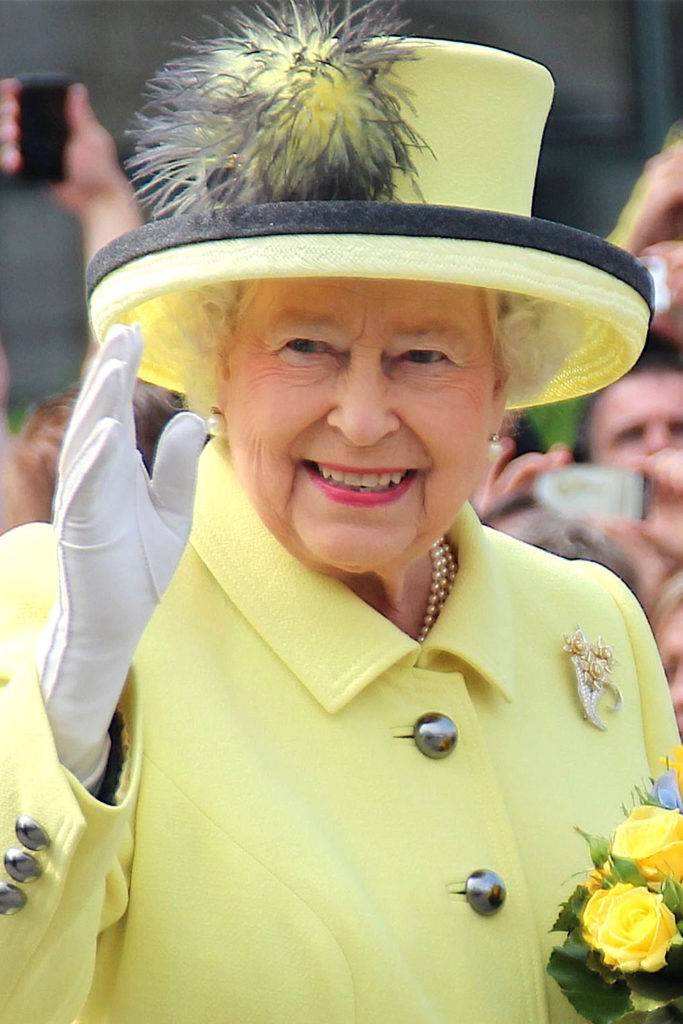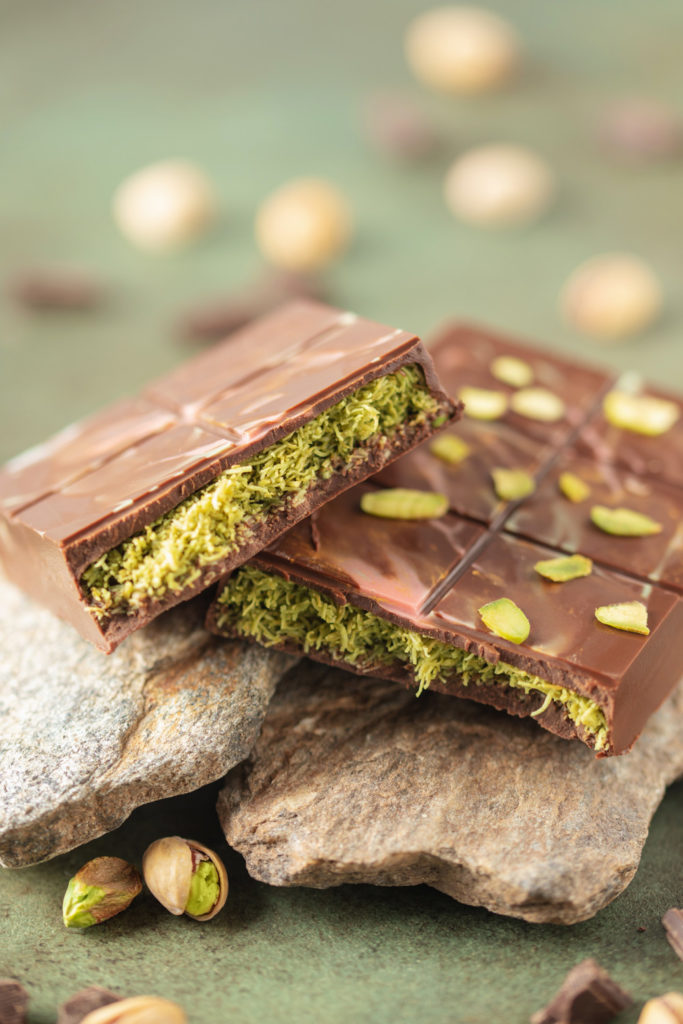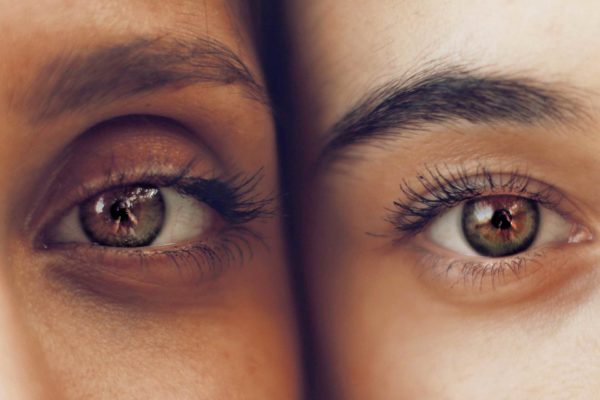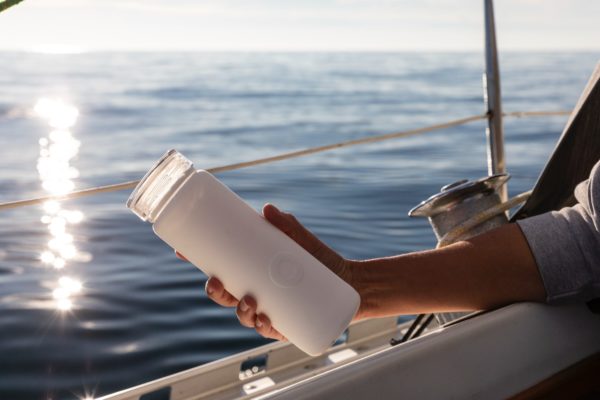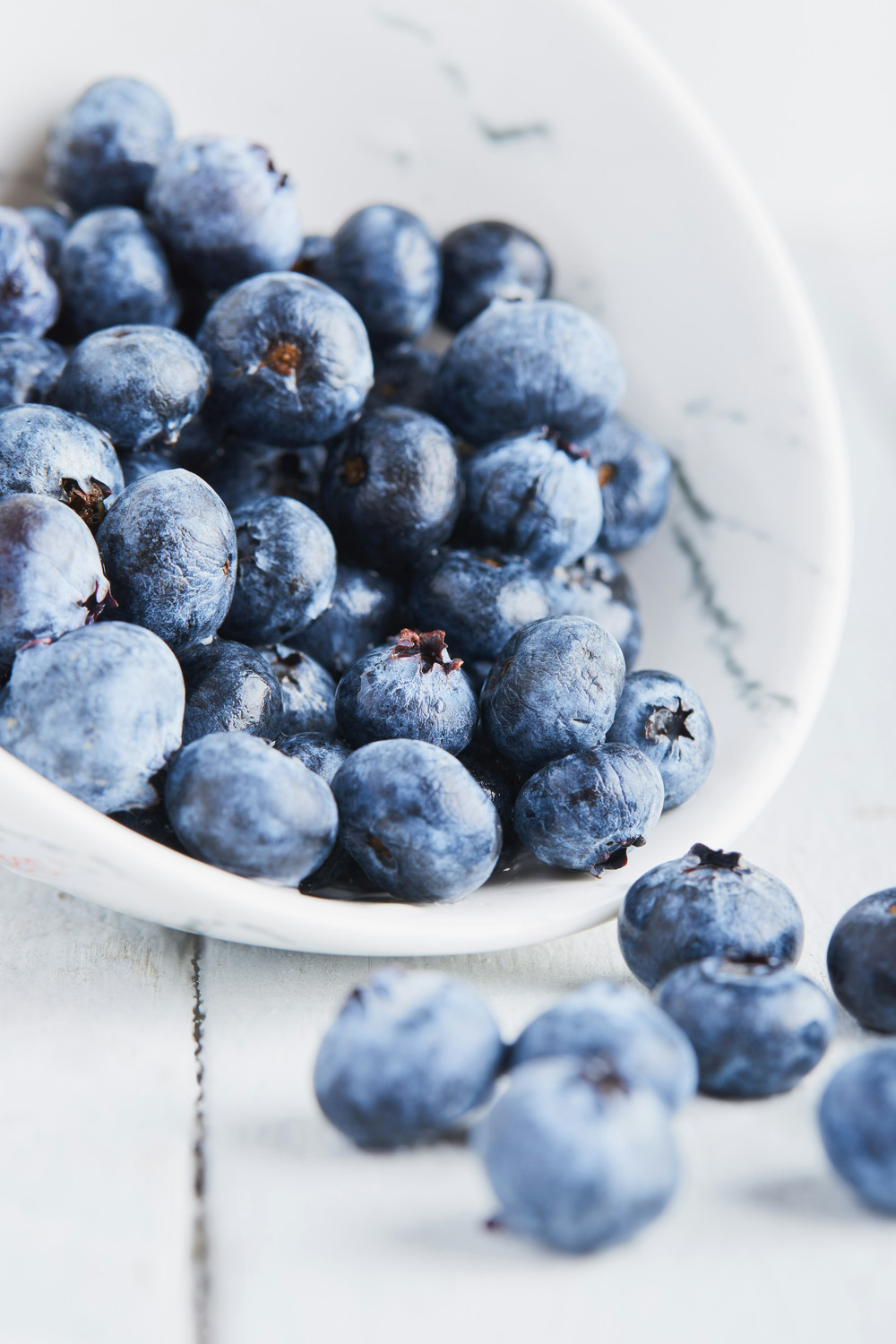
Eating Fruit May Counteract Microplastic Exposure
By
2 months ago
Here's why we should be upping our intake of anthocyanin-rich foods
Over the past few years, microplastics have been found in pretty much every part of the human body – from the heart to the brain. And although research is still in its infancy, initial studies suggest exposure is affecting us in a number of ways, from causing cell damage to harming the lungs and impacting fertility. However, a new study indicates a specific group of antioxidants found in fruits and flowers may help combat some of these negative effects.
Study Shows Antioxidants Might Counteract Harmful Effects Of Microplastics
The new peer-reviewed research explored the impact of anthocyanins, a group of antioxidants found in red, purple and blue fruits and vegetables. It focused on how anthocyanins may protect against some of the harmful effects of microplastics on hormones, including ovarian damage and reductions in testosterone and estrogen.
‘The search for natural compounds to counteract these harmful effects is ongoing, with anthocyanins emerging as a promising candidate,’ wrote the study’s authors. ‘[Anthocyanins] have demonstrated potential protective effects against reproductive toxicity induced by microplastics.’
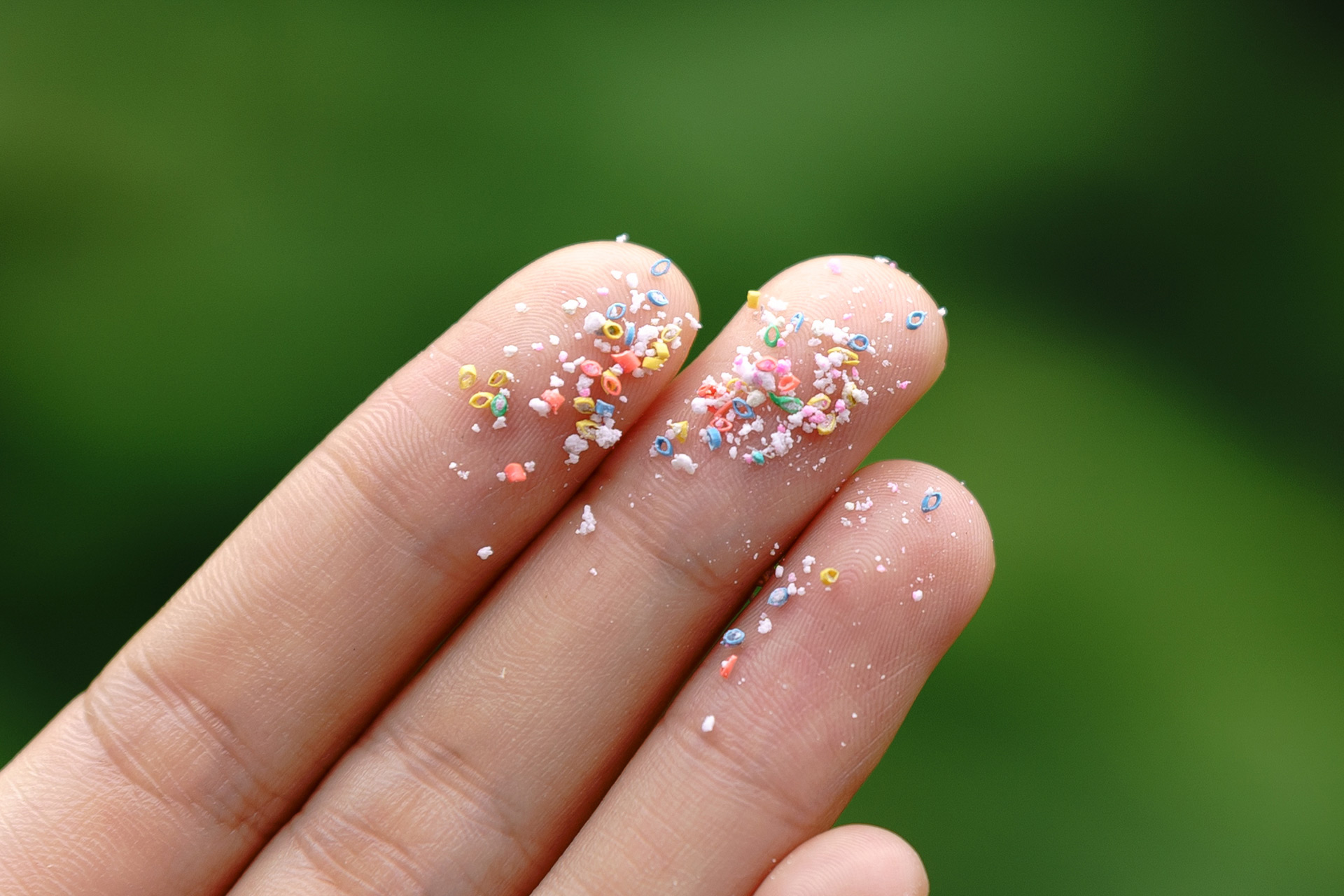
Getty Images
Microplastics are tiny plastic particles measuring less than five millimetres per diameter. They enter our bodies in two ways: through the air we breathe, and the food and drink we eat. An alarming study from 2019 suggested we consume at least five grams of plastic every week, which is about the weight of a credit card.
Although research is in its early stages, a number of studies have indicated microplastics may be impacting reproductive health. As this review from 2023 notes, research has revealed that microplastic exposure ‘leads to testicular toxicology and reduced sperm production’ in men. There’s also evidence to suggest plastics may be leading to a decreased survival rate of oocytes, which are precursors to eggs. However, so far the majority of studies have been performed on mice, and more research is needed on human subjects.
Which Foods Contain Anthocyanins?
Anthocyanins are linked with a whole host of health benefits, including lowering your risk of cardiovascular disease, boosting gut health and preventing age-related bone loss. Foods containing them are easy to spot, as they have a vibrant hues – either deep red, blue or purple.
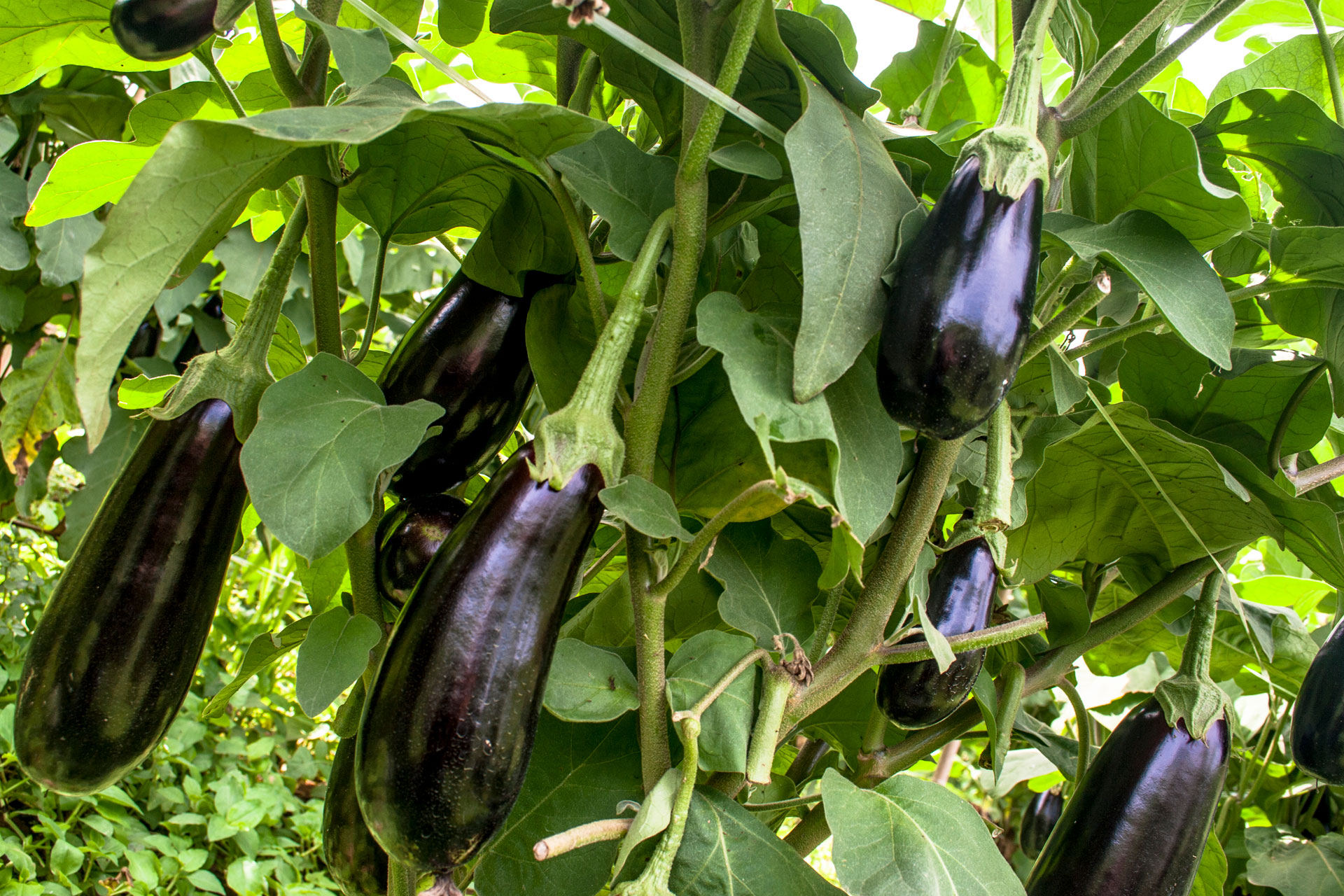
Getty Images
Anthocyanin-rich foods include:
- Blueberries
- Pomegranates
- Cherries
- Red cabbage
- Purple cauliflower
- Red onions
- Aubergines
- Black and red grapes
- Red radishes

